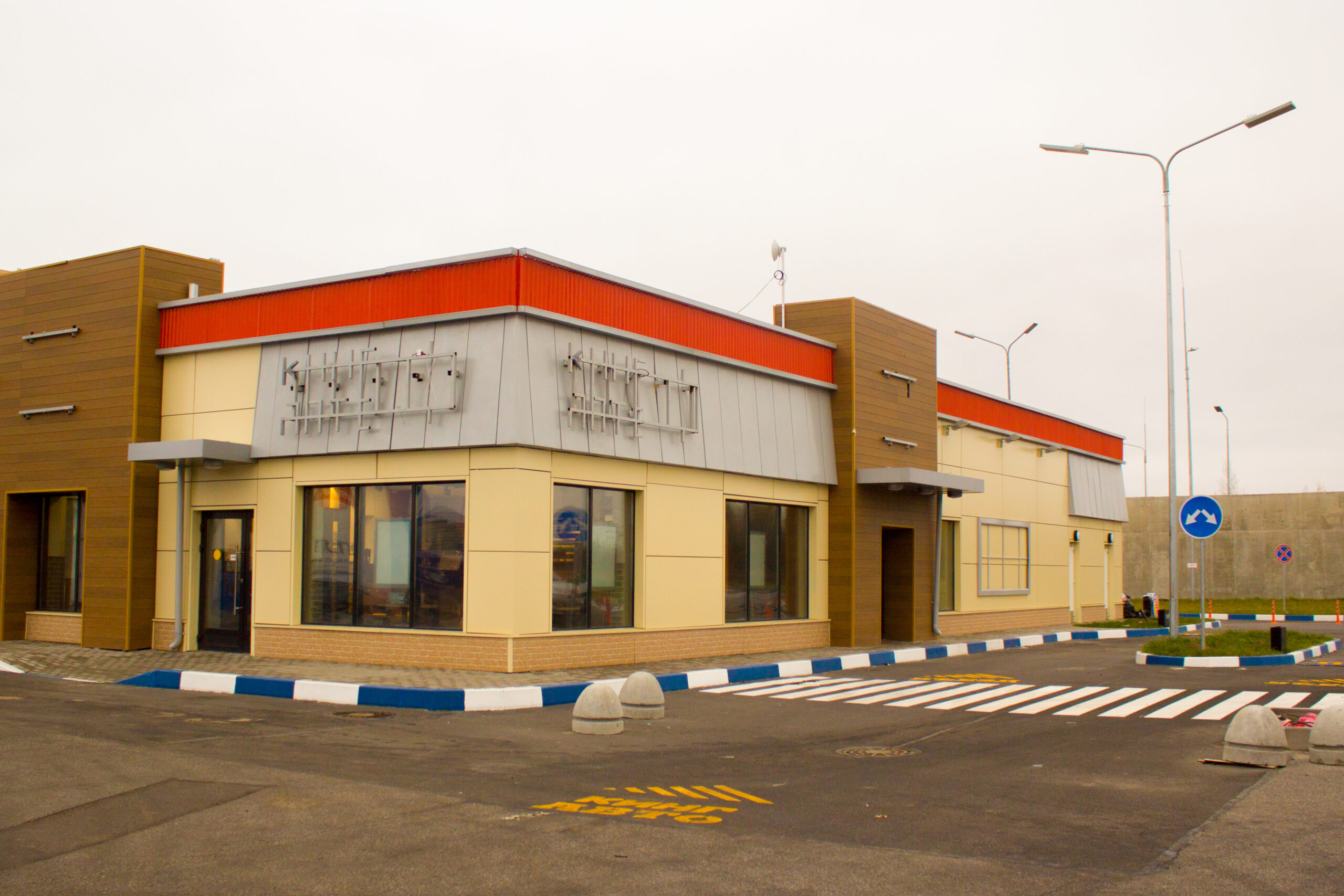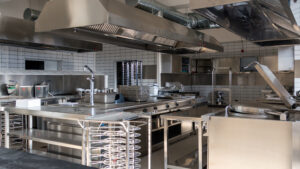COVID-19 struck the restaurant industry hard. Between citywide lockdowns and capacity restraints, family-owned and chains alike have struggled to keep the doors open. Since the pandemic hit, 17% of U.S. restaurants have closed their doors for good—that’s approximately 110,000 establishments.
But with the pandemic waning, the availability of fully-built restaurants is at an all-time high. There are many opportunities to revive these second-generation spaces with a new concept.
Why Should You Choose a Second Generation Space?
Second-generation kitchens bring with them a host of advantages—many that will benefit your bottom line.
1. Lower Startup Costs
Building a restaurant from the ground up is expensive. When stepping into an already-finished space, you’re bound to save money. From kitchen equipment to booths to a finished back-of-house, there are likely elements you can keep when you move in.
Plus, you can reallocate the money saved to improve other areas of your restaurant, like design, staffing, or future operational costs.
2. Short time-to-market
At Avanti, we lovingly refer to second-generation spaces as “hermit crabs.” The building has shed what’s on the inside, but the shell remains. Since you’re moving into a space that’s ready to go on the outside but needs a little work on the inside, you’ll need considerably less construction time.
You have a template to work within. Things like electrical, plumbing, hoods, etc., are already in place, leaving you with more cosmetic changes that don’t take as much time.
3. Take Advantage of Availability
Right now, there’s likely to be a large inventory of recently closed restaurant spaces available. While there’s often some hesitancy on taking over a failed restaurant space, current circumstances have put many good and previously successful places out of business. What does this mean for you? A wider range of locations to choose from.
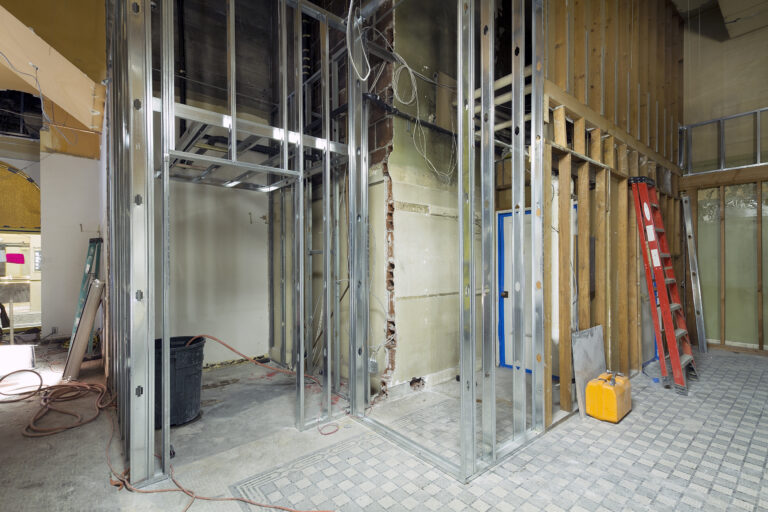
Fitting a new restaurant into an old space does have some disadvantages, too:
- Specific concepts with specialty equipment and design might have trouble adapting new spaces to fit their needs.
- Hidden costs are likely to pop up in older buildings. This could be anything from noncompliant doorways to outdated electrical.
- Parking, location, and building structure are all things that come with the space—and you can’t do much about them.
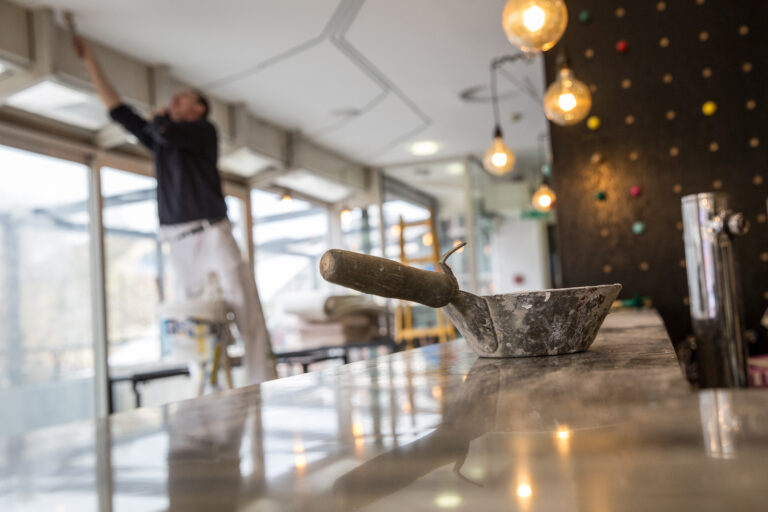
Tips for Picking a Second-Generation Space
From family-owned businesses to large fast-casual chains, keep these things in mind when opting for a second-generation kitchen space.
1. Consider your concept
Do you need pizza ovens? A drive-thru? Identify what you need to make your concept work that you can’t easily add on. Whether it’s a minimum square footage or a particular piece of equipment, the earlier you figure out your must-haves, the better. It’ll help you narrow down your search and save you time.
2. Conduct market research
Make sure you know the answer to this question: Why did the original restaurant close? While COVID-19 is likely the reason, many factors contribute to a restaurant’s closure, including the building and location directly. Are there lots of competitors in the area? Is the site hard to get to? Make sure there aren’t any influential neighborhood factors that could hurt your business.
Even if the previous tenant had a successful restaurant concept, conduct your own research to see if yours will resonate with the neighborhood.
3. Assess the site
When jumping into this type of space, it could take some creativity and flexibility to make your concept work. The make-line could be configured differently than other locations, or maybe it lacks space for a second piece of equipment. While the site may not be what you envisioned, go into it with an open mind. Small concept changes are often worth it when considering the potential savings.
This is also when you need to find the red flags before they find you. Is it an old building? Old buildings can come with wiring problems, old plumbing, and more that can be disastrous for your restaurant later on. Are there any obvious code issues? You’ll be responsible for any repairs and remodels needed to ensure the building and your kitchen are up to code. Speak frankly with landlords or previous owners to assess what kind of work you’ll need to put into the site before it’s ready for service.
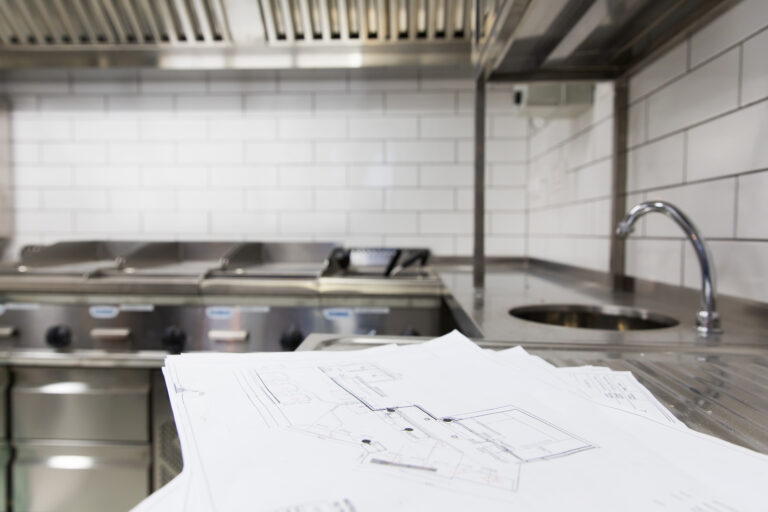
Avanti 3D Scanning Services
Accurate as-builts in days, not weeks.
- 866.495.0121
- info@avanticorporate.com
starts as little as $1500?
Pick What’s Right for Your Restaurant
Is it a risk to jump into a failed restaurant’s location? Maybe. But it’s a calculated one. With more second-generation spaces available on the market, now’s the time to take a look. The benefits of fitting your concept into a pre-existing space are worth the risk.
You can mitigate that risk by leaning on Avanti’s expertise. We’ve helped countless restaurants transform second-generation restaurants into their own concepts and thrive. Turn to the experts. Turn to Avanti.
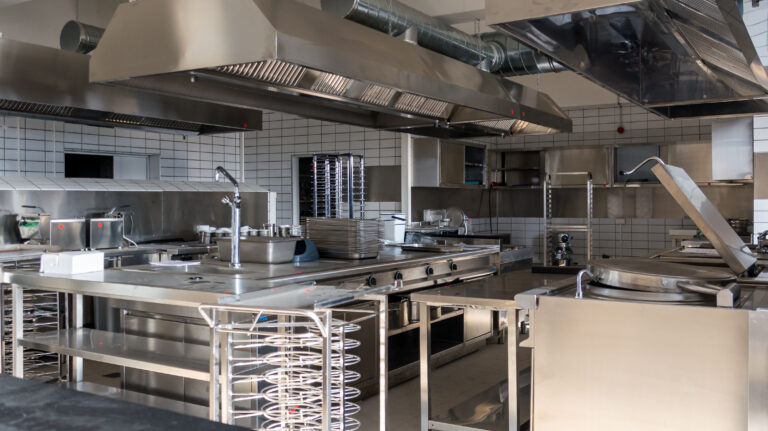
Avanti Design Studio plans your restaurant from the inside out, using the most effective design options.

